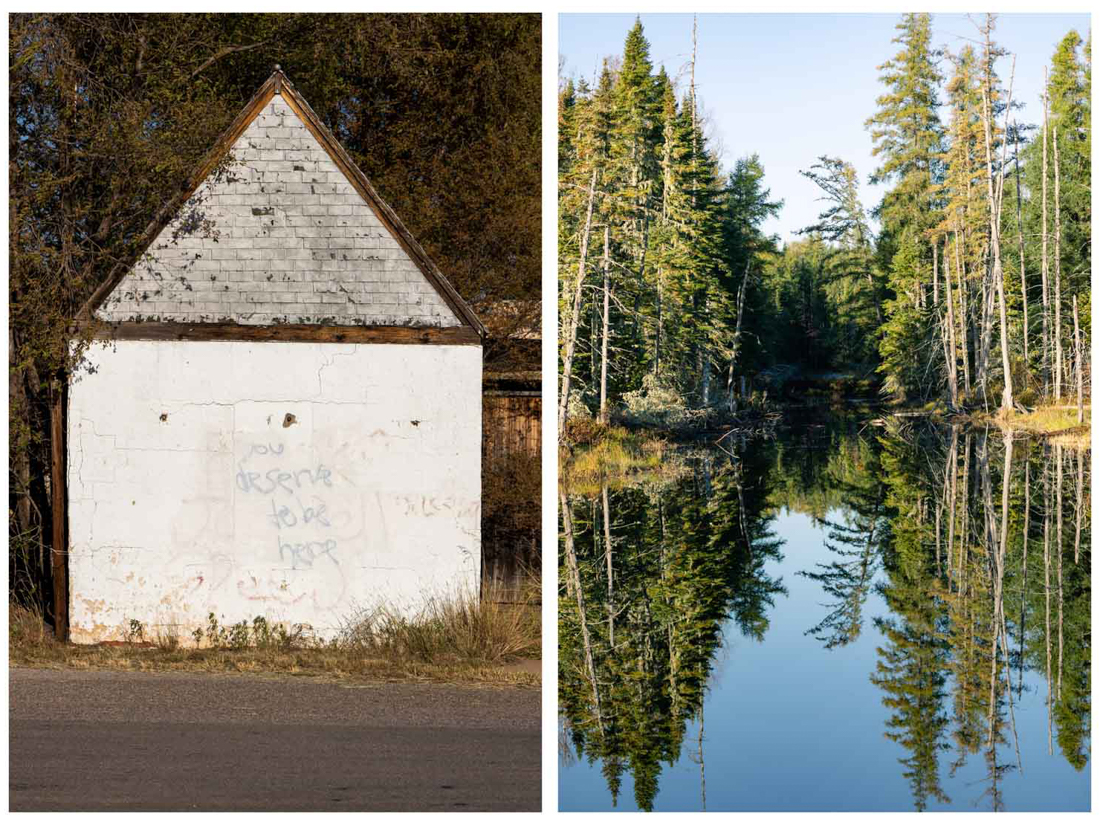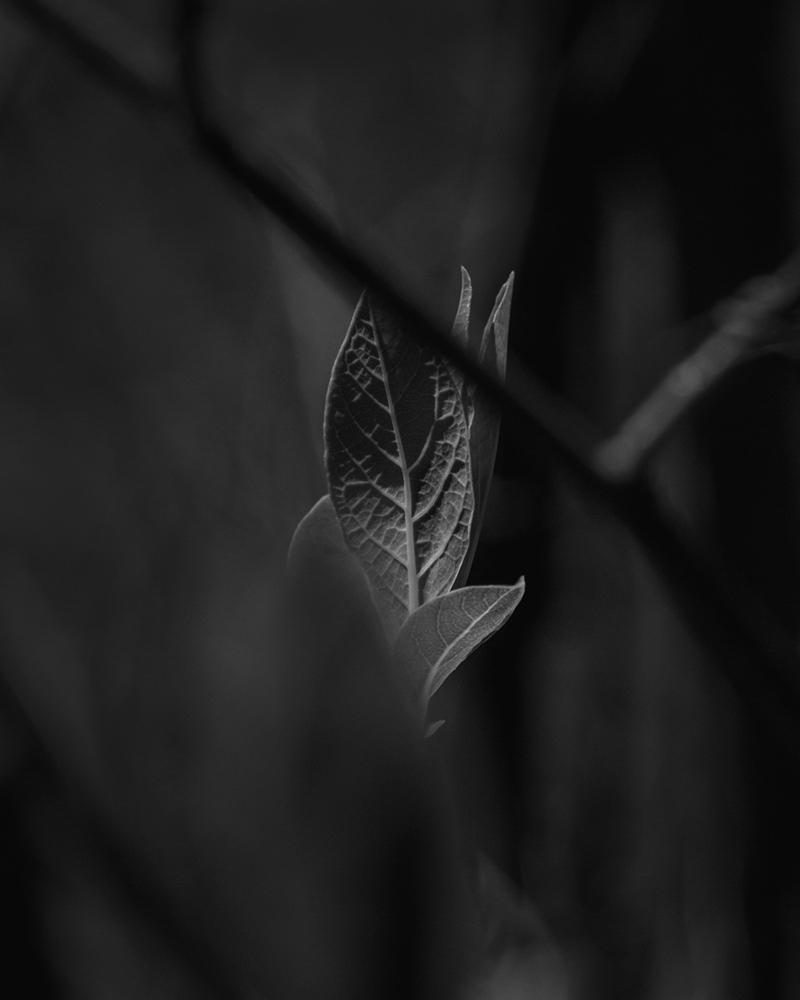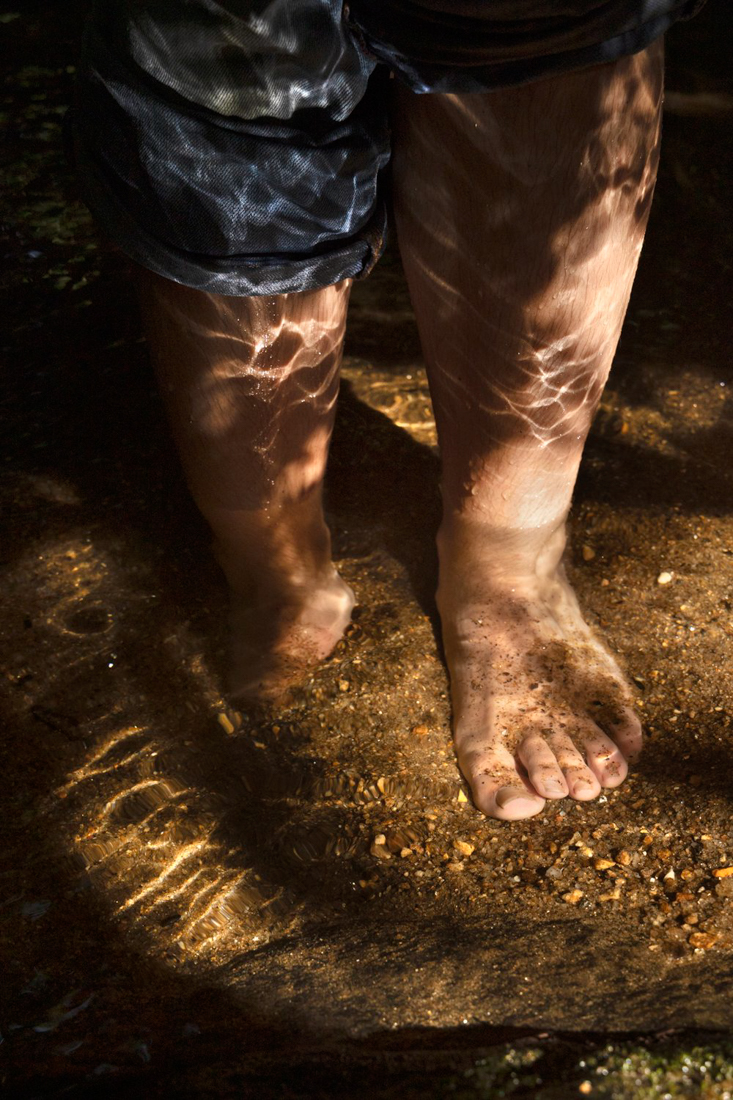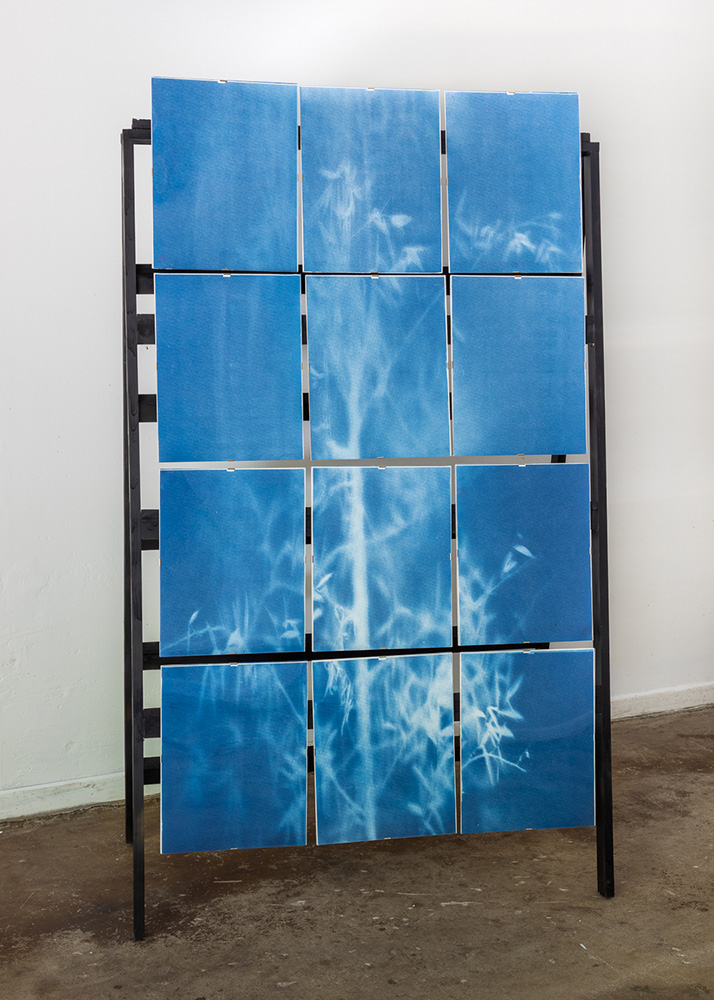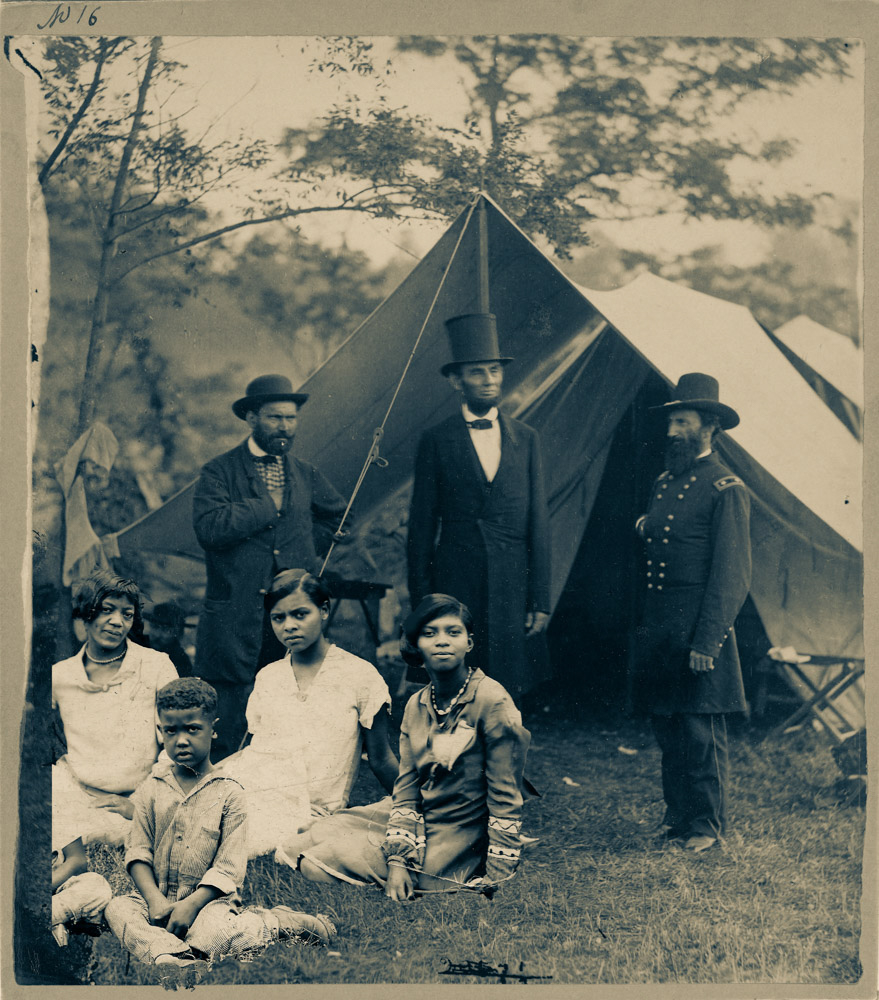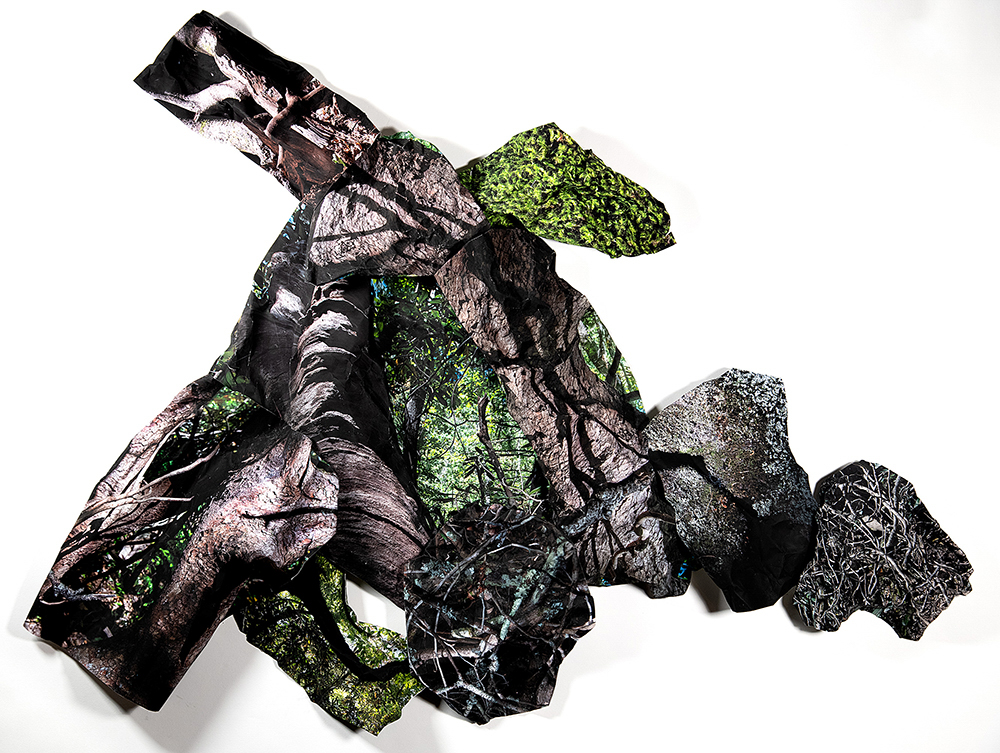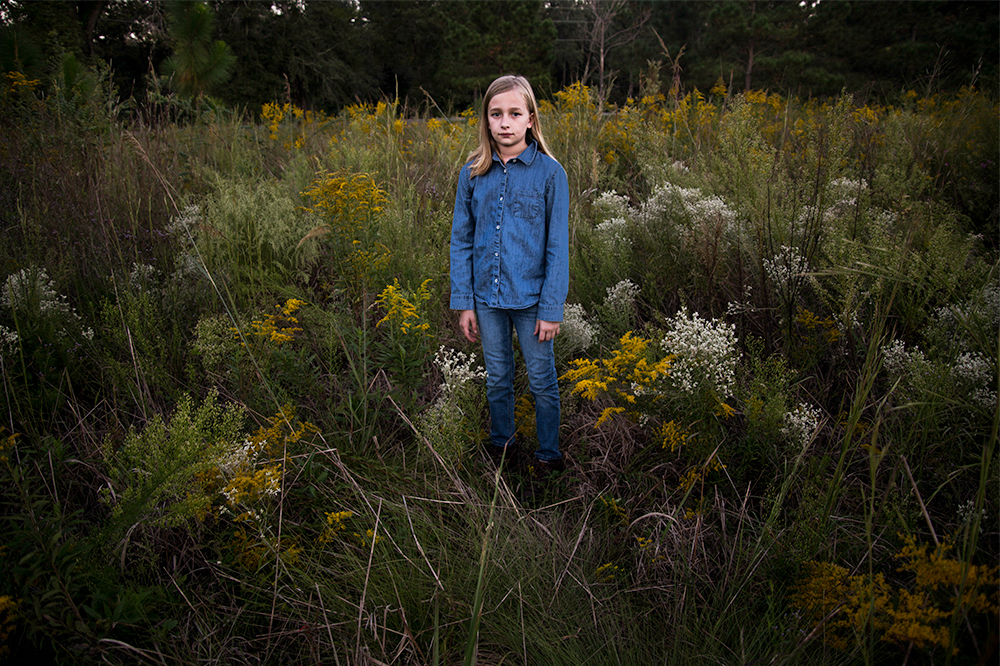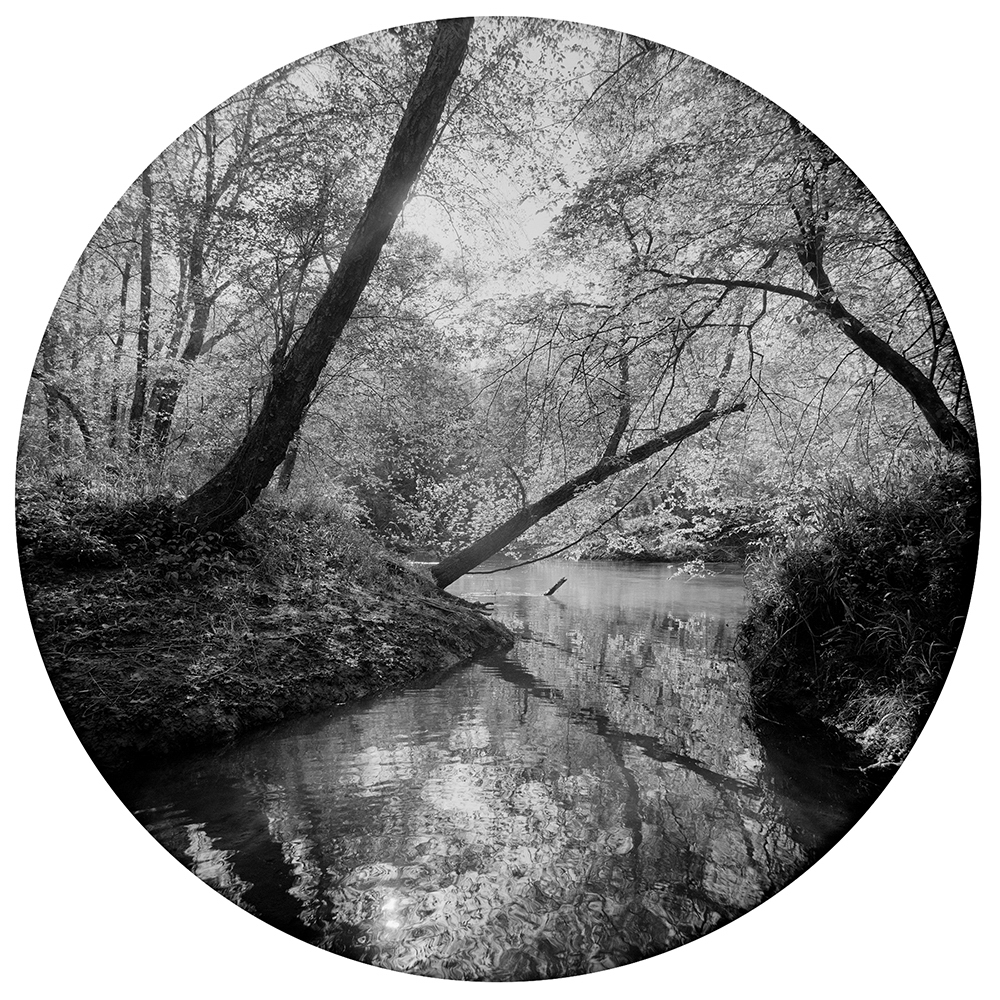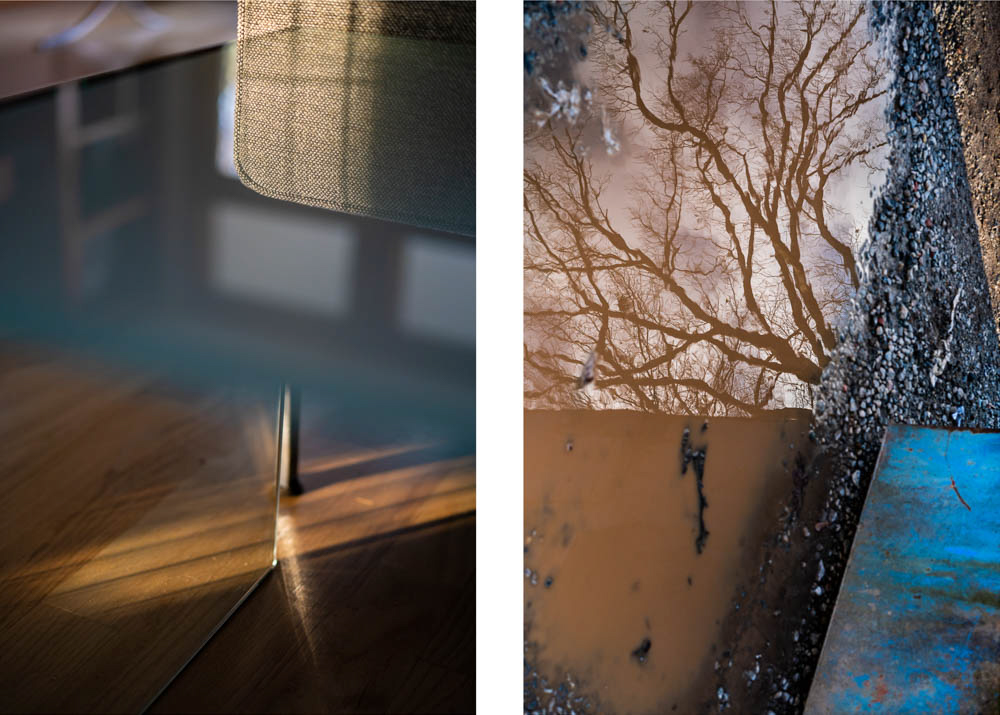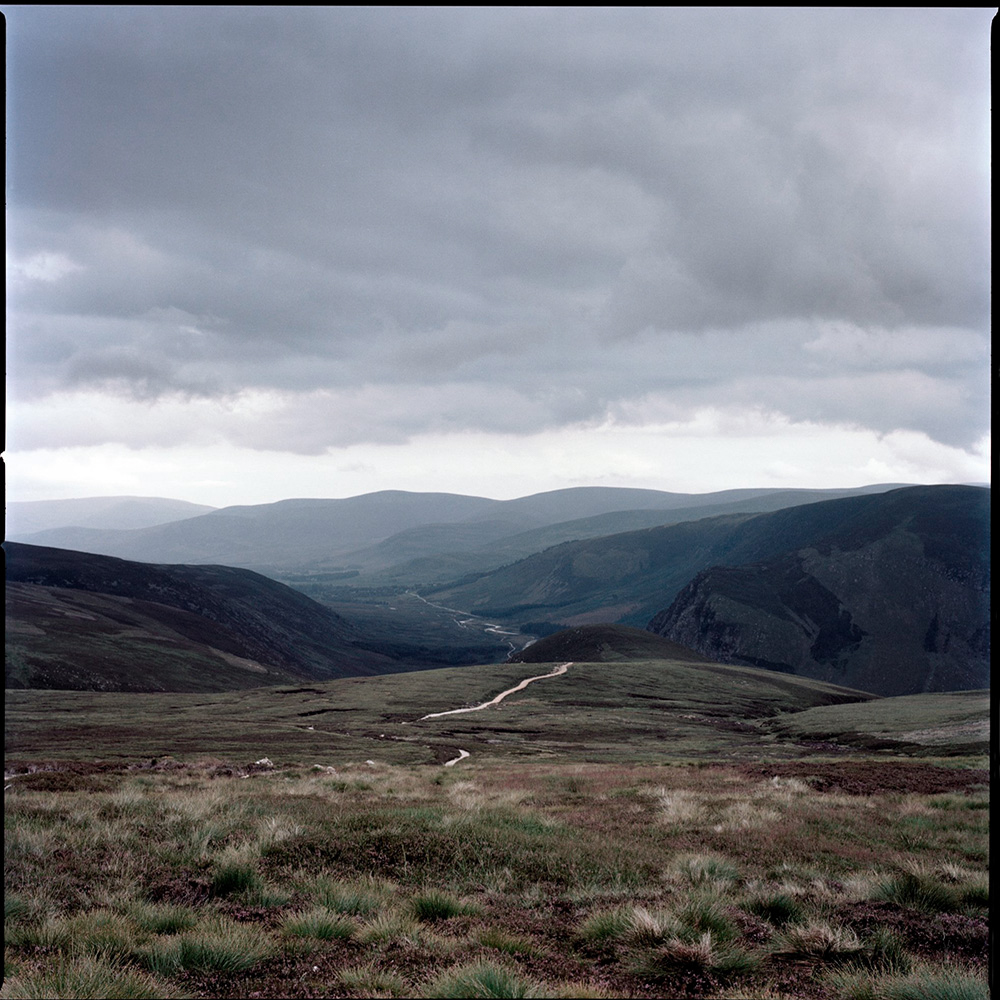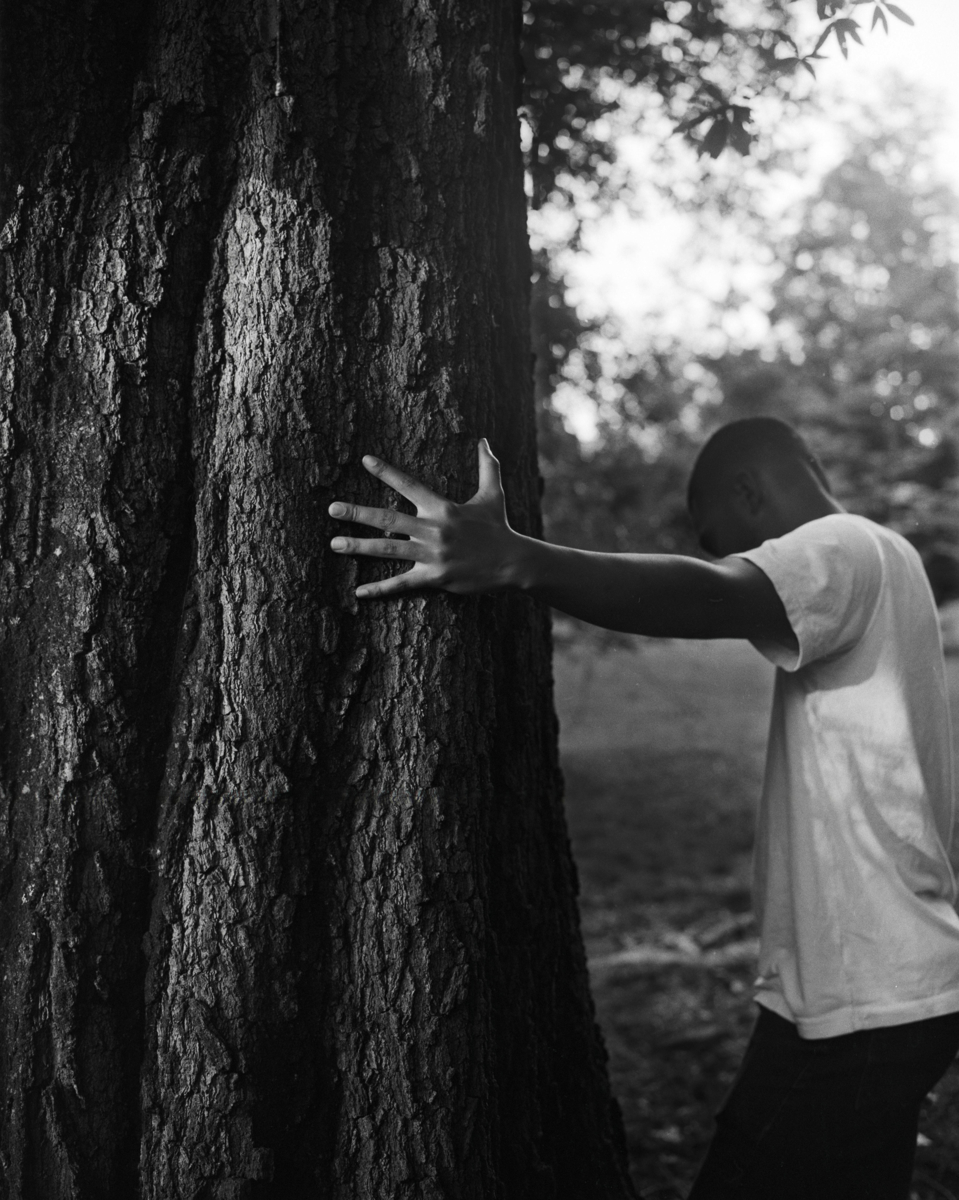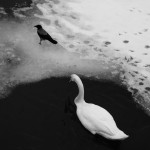Collective Week: Kinship Photography Collective
In the past few years, the term artist collective has become common, especially in larger cities where hubs of creativity form. At first, I did not know the purpose of a collective – they had been mentioned to me often but I had no idea what a collective was or why one would want to be in a collective. In many ways, I saw art as a solitary activity. Through my research and conversations with these collectives, I have come to learn that art can be a solitary activity, but it doesn’t have to be. When an artist meets with others for the purpose of creating together, that is when creativity truly flourishes.
Many artist collectives come together with a shared goal in mind. In the case of Kinship Photography Collective, members want to explore the relationship between photography and nature. Their work can range from large sprawling landscapes to abstract imagery of foliage, all created to connect viewers with the world around them. In addition to their own personal practices, members of Kinship hold online conversations where others can share thoughts on various topics surrounding art and the impact we have on the Earth. Using their unique eyes as artists, members of Kinship create art and hold discussions in a way that draws attention to the ways humans interact with and use nature.
“Collective” is a word that has gained traction amongst creatives as a way to identify themselves as a group. Artist collectives can vary depending on the groups’ goals, leadership, and motives – because of this broad definition, a collective can play a part in many art initiatives. A collective may focus on exhibiting work, or function as an organization that leads workshops and classes. A collective may include artists who want to create art together without the broader goals of exposure. In many ways, an artist collective is simply a group of creatives who wish to work together to achieve their goals – whatever they may be.
The Kinship Photography Collective (Kinship) is a global community of practice reimagining photography as a powerful and phenomenal tool for making kin with the natural world and each other. Photography as a powerful and phenomenal tool for making kin with the natural world and each other. Whether you call it the Anthropocene or the sixth great extinction, the planet is in trouble. Restoring a thriving planet will require radical cultural and collective reimagining. Who better to usher in new ways of seeing and responding than photographers?
What lies at the heart of our philosophy is what lies at the heart of the word kinship. We believe in the essential nature and critical value of all beings as interconnected parts of a greater whole. In that, we hold high affinity, association, and connection among the disparate parts. As a collective, co-founded by photographers, scientists, environmental artists, curators, educators, and designers, we collectively celebrate individual photographers by weaving their work into robust visual conversations that elevate both the meaning and the collective impact of their work.
Through citizen-art projects, online galleries, collaborative exhibitions, and experimental pop-up communities, we explore radical and diverse new ways of seeing that honor both the beautiful threads connecting worlds as well as the latent and layered relationships still waiting to be revealed.
Our engagement process is simple, highly collaborative, and delightfully chaotic. Instead of launching clearly defined calls for submissions, we facilitate collective calls for engagement. With a passion for inquiry, we introduce big questions to big circles by inviting hundreds of curious image-makers to gather, practice, learn, grow, and experiment together for months at a time.
The Kinship Photography Collective is a haven for curious and inquisitive photographers. We thrive on sympoeisis and the practice of learning through creating together. As a member-led and supported collective, generosity and reciprocity are the kindling of our community. In contrast to cultures of competition, we have removed all paywalls and freely share resources. While anyone can join, getting oriented can take some time. The Kinship Photography Collective is as much a community laboratory as a photography collective. We see kinship as a verb, not a noun, and the collective itself is a collaborative work in process, functioning and changing in response to the needs of its members, who come from all over the planet. For those more attuned to straightforward approaches and clearly defined roles and rules, the emergent nature of our collective and our love of questions over answers may take some getting used to. But we have plenty of help and resources to guide you along.
We believe that photography matters now more than ever. And no one should have to work alone. If you crave collaboration and a supportive, creative community that encourages work that really matters, we invite you to get to know us. We recommend you follow us on Instagram @kinshipphotographycollective, explore our website, get acquainted with our culture of kinship, and join us for one of our weekly artist talks and community conversations every Wednesdays at 7 pm ET. We hope you will join us in creating a collective visual map that lights the way home to kinship.
Kassandra Eller: I would love to begin by discussing how this collective came to be. How did Kinship begin and what was the journey like?
Kinship Collective: Launched in June 2022, Kinship emerged from the Six Feet photography project. During the earliest days of the pandemic, Six Feet coalesced around an urgent call for connection, inquiry, engagement, and a passion for collaboration. By practicing together through our unique brand of practice groups, collective calls-for-engagement, and online and in-person exhibitions, we found new ways of looking at and making meaning of our shifting world. Together we created a collective visual narrative of the pandemic that touched on the pain and possibility of hope, community, and strength.
As the pandemic started winding down, our collective wanted to continue to practice and produce work together, so we looked for an equally urgent call-to-action that existed beyond the pandemic. Many of us felt that the pandemic shined a light on pressing ecological and social issues that needed our love, care, and attention. Together we set out to explore the unique roles that photography can play in this critical moment while supporting and encouraging photographers to share the questions and photographs that emerge from within their own lives as they struggle to make meaning. For us, creating images and creating community are intertwined. Kinship is both a new way of seeing the world and a new way of being together. We are interested in what it means to make kin and to create collaborative cultures of belonging.
KE: It seems as though all these images have a deep connection to the environment in some way. Would you elaborate on the choice to use photography in this manner?
KC: At the heart of Kinship is a desire to explore the rich intersection of nature, culture, and belonging. We launched our first call-for-engagement with a very strong focus on nature—inspired by a powerful quote from Richard Powers. He believes that “the ecological crisis we are now facing is a direct and inevitable consequence of human separatism that has created a culture in which great, teeming, reciprocal communities of living things have become nothing but commodities that we use with impunity—as if somehow the very cycles of interdependence were no longer something that we had to answer to.” But answer we must. So we partnered with the Center for Humans and Nature and introduced questions and prompts into our collective in hopes that we could passionately and collaboratively explore what it means to use our medium as a tool for restoring agency and voice to the more-than-human world.
Kinship is now entering phase II. For us, Kinship is about the worlds within and beyond us — the slow, powerful life of interconnected and entangled relationships that shape who we are. Our next phase will be focused on exploring radical and diverse new ways of seeing that honor both the beautiful threads connecting worlds (and cultures) as well as the latent and layered histories still waiting to be revealed.
In this rapidly polarizing world, where empathy, understanding, truth, and equity seem to be in very short supply, we believe that photography has the power to positively shape and change how we experience and relate to each other and the world around us, and, more importantly, who we become in that world. When practiced well, photography can transform both our inner and outer lives. As Marvin Heiferman so beautifully points out in his book “Photography Changes Everything,” photography not only changes what we want, what we see, and where we go–it changes who we are.
Transforming our relationships with the more-than-human world and each other, especially in light of human separatism, white supremacy, and our painful history of colonization and misogyny, is going to require honesty, vulnerability, and most importantly new ways of seeing and responding. And in this precarious moment, who better to answer that call than photographers? We are, of course, well-practiced seers.
KE: You state in your bio that Kinship works with artists as well as scientists, environmentalists, designers, and others to restore our planet. How has Kinship’s work impacted this goal? How has this opportunity helped you grow? What are some of the things you learned?
KC: One of our goals, when we transformed the Six Feet project into the Kinship Photography Collective was to search for additional ways for photography and photographers to matter in the world. There are so many amazing image makers worldwide, yet too much of their creative time is spent competing for the limited spaces available to show and share work. While many image makers were eager to find ways to support their practice financially, most of the photographers we talked to were even more hungry for meaning. They wanted their work to matter and to have impact, beyond the small circles of their own photo communities. They wanted to help shape meaningful conversations and contribute to a more positive future. Especially within their own immediate communities. So we initiated robust conversations with the organizations and people that the photographers were hoping to serve and support. We talked to social change non-profits, scientists, environmentalists, and conservation organizations and have crafted and tested pilot programs that track photography’s impact. Keeping in mind that a lot of what art offers is immeasurable, we are finding ways to measure impacts and contribute to real change that supports better ways of living and being.
KE: What words of inspiration do you have for artists interested in starting a collective of their own?
KC: For us, curiosity is central. Followed by honesty and vulnerability. One of the (many) things we’ve learned is that it is okay not to have all the answers. An open conversation (or hundreds) can lead to vibrant connections. Just start where you are, and make space for mistakes. Compassion, generosity, and kindness are the best kindling for fueling community. One of the strengths of Kinship is the way that everyone brings themselves to the circle. Here, our collective skills, experiences, and perspectives shape the way the collective moves and changes, sometimes from week to week. Not one single person has the answer, but together we can begin to see the shape of it. Not knowing can become a catalyst for curiosity.
KE: What is next for Kinship? Are there any new ideas or goals you want to implement in the next few years?
KC: As a community-of-practice, The Kinship Collective tries to stay nimble so that we can shape and change to meet the genuine emerging needs of our members. Practice-based communities need the ability to experiment, respond to feedback, restructure, and experiment again. We have a lot of beautiful things emerging, but we are careful not to think too far ahead. If people are interested in what we are up to they are very welcome to join our weekly gatherings. We offer them on Zoom on Wednesday evenings at 7 pm ET, and everyone is welcome. We have also launched an online platform called Kinship Circle where folks can watch our recorded gatherings and join in our asynchronous conversations, share work, and get support and encouragement from a very lovely group of people.
Posts on Lenscratch may not be reproduced without the permission of the Lenscratch staff and the photographer.
Recommended
-
Ragne Kristine Sigmond: Portraits of Painterly LightDecember 2nd, 2025
-
Mary Pat Reeve: Illuminating the NightDecember 1st, 2025
-
Ricardo Miguel Hernández: When the memory turns to dust and Beyond PainNovember 28th, 2025
-
Pamela Landau Connolly: Columbus DriveNovember 26th, 2025
-
MATERNAL LEGACIES: OUR MOTHERS OURSELVES EXHIBITIONNovember 20th, 2025


